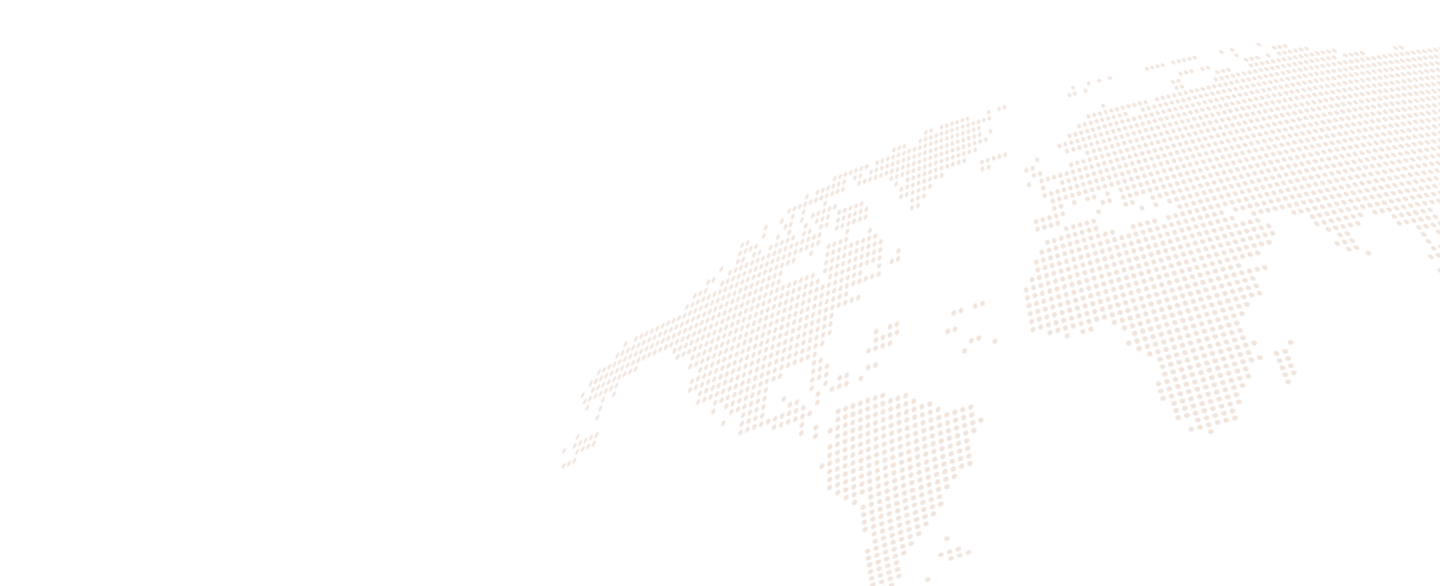Flutter vs Kotlin Multiplatform
In the ever-evolving landscape of mobile application development, the quest for efficient, cost-effective, and time-saving methodologies has led to the rise of cross-platform development frameworks. These frameworks are pivotal in enabling developers to write code once and deploy it across multiple mobile platforms, primarily iOS and Android. Among the plethora of technologies in this domain, Flutter and Kotlin Multiplatform have emerged as two frontrunners, each offering unique approaches to cross-platform development.
The purpose of this article is to delve into a comprehensive comparison of these two powerful technologies. We will explore their backgrounds, functionalities, development experiences, and various other facets to provide a clear perspective on their capabilities and suitability for different project requirements. This comparison aims not only to highlight the strengths and limitations of Flutter and Kotlin Multiplatform but also to assist developers and decision-makers in choosing the right tool for their cross-platform mobile development endeavors.
Overview of Flutter
Flutter, launched by Google in 2017, represents a significant leap in the world of cross-platform mobile application development. It’s a free and open-source UI software development kit (SDK) designed to facilitate the creation of visually attractive and natively compiled applications for mobile, web, and desktop from a single codebase. This innovative approach allows developers to build high-fidelity apps with high performance that feel natural on different platforms.
Core Features and Advantages of Flutter:
- Single Codebase: Flutter enables developers to write one codebase for apps that run on multiple platforms, significantly reducing development time and resources.
- Rich Widget Catalog: It offers a rich set of highly customizable widgets that help in building native-looking apps for both Android and iOS.
- Hot Reload: One of Flutter’s most beloved features is hot reload, which allows developers to see changes almost instantly, without losing the current application state. This is particularly useful for tweaking UIs and fixing bugs.
- Performance: Since Flutter’s widgets are part of the app and not the platform, it often results in less communication between the app and the platform, leading to faster app start-up times and fewer performance issues.
- Strong Community Support: With Google’s backing, Flutter boasts a growing community, providing a wealth of libraries and tools.
Role of Dart in Flutter Development:
Flutter uses Dart, a modern, concise, and powerful programming language also developed by Google. Dart facilitates a reactive and declarative style of programming which is conducive for UI development. Its features like ahead-of-time (AOT) compilation result in fast and predictable app performance, while just-in-time (JIT) compilation contributes to a productive development workflow with the hot reload feature. Dart’s syntax is easy to pick up for developers familiar with Java or JavaScript, making it accessible to a broad range of programmers.
Maintenance and Scalability
- Maintenance: While the single codebase of Flutter simplifies maintenance, it also means that any platform-specific bugs or performance issues require careful handling within the unified code. This can occasionally lead to complexities, especially when dealing with platform-specific nuances.
- Scalability: Flutter’s design supports scalable application development. However, as applications grow, the bundled size of the Flutter engine can become a concern, potentially impacting the overall app size and increasing the footprint on users’ devices.
Cost and Resource Implications
- Development Cost: Flutter’s unified framework can reduce development costs by requiring fewer resources to manage a single codebase. However, the lesser prevalence of Dart in the developer community might lead to higher costs for training or hiring specialized talent.
- Resource Implications: Although the demand for Dart and Flutter developers is increasing, the relative novelty of Dart compared to other mainstream languages could pose a challenge in finding experienced developers.
Future Prospects and Updates
- Future Roadmap: Flutter is likely to continue its growth trajectory with Google’s consistent support, focusing on performance enhancements, expanded platform support, and tooling improvements.
- Influential Trends: Trends such as the integration of emerging technologies (AI, AR/VR) and the expansion into web and desktop development could further boost Flutter’s adoption.
Read Part 2: Overview of Kotlin Multiplatform

